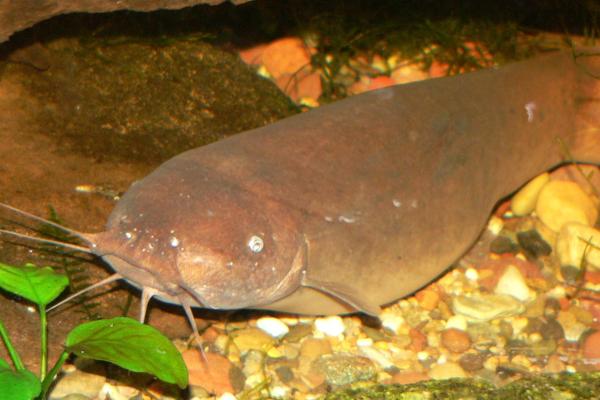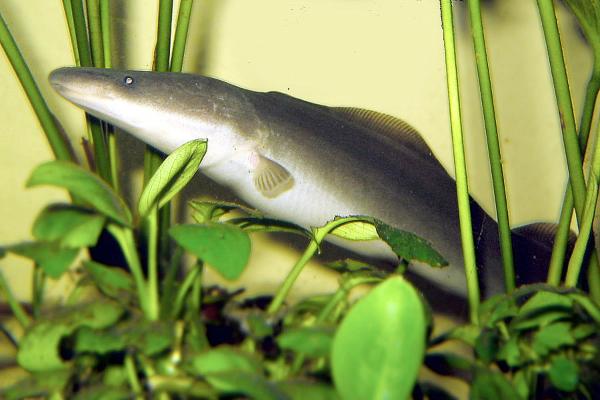aquarium/electric-fish.html">Electric fish represent a remarkable adaptation among vertebrates, having evolved specialized organs capable of generating or sensing electric fields. These abilities help them locate prey, defend themselves, and communicate—sometimes even in the darkest or murkiest waters. Incredibly, as early as Ancient Egypt, electric fish were used for electrotherapy to treat conditions such as epilepsy. In this article, we introduce 6 iconic examples of electric fish, how their abilities work, and why they matter.

aquarium/electric-fish.html">Electric fish are species that possess organs able to produce an electric field. Some are also called electric fish because they can sense electricity in their surroundings.
Active electric fish: Can emit electrical discharges. Examples include electric eels, electric catfish, and electric rays.
Electroreceptive fish: Can sense the electric fields generated by other organisms but may not emit strong electric shocks themselves.
In all animals—including humans—cells transmit weak electrical signals. In electric fish, however, muscle or nerve tissues have evolved into dedicated electric organs, allowing the fish to generate powerful electric pulses.
Hunting and Defense: Some can stun or kill prey (or ward off predators) with high-voltage shocks.
Navigation and Communication: Others use weak electrical pulses to locate objects or communicate with their kind, similar to bat echolocation but using electricity.
It’s estimated that about 30% of fish have some form of electroreception, and about 5% can actively generate electric currents.
This Amazonian species is both an active emitter and a sensitive receiver of electric signals. The tail houses the electric organ, which emits high-frequency pulses. All over its skin, specialized electroreceptors pick up these signals, helping the fish detect obstacles, prey, and rivals. These emissions are non-lethal—mainly for navigation and social communication.

Native to Africa, electric catfish use specialized organs (electroplaques) near their heads to generate powerful electric shocks, up to 350 volts. These jolts can stun prey or deter predators. Ancient Egyptians even used small electric catfish for treating arthritis!

Perhaps the most famous electric fish, the electric eel can release a shock of up to 850 volts using its specialized “Hunter’s organ.” It also has a separate "Sachs organ" for low-voltage pulses used in electrolocation and communication. It’s found in the Amazon and Orinoco basins.

Electric rays live along sandy ocean floors, hiding and ambushing prey. Large paired organs near their heads can deliver up to 220 volts of electricity—enough to stun crustaceans and small fish. Their discharge can also serve as a defense mechanism.

This elongated fish emits weak electric pulses for navigation, including the remarkable ability to swim backward as precisely as forward. Its electrical output is not used for hunting, but for spatial awareness.

Named for their trunk-like snouts, elephantnose fish have extremely advanced electroreception. They can detect minute electric fields—essential in murky waters—helping them locate food and communicate with others. Their brain-to-body size ratio is among the highest in fish, likely due to processing huge amounts of electric information.

aquarium/electric-fish.html">Electric fish are a fascinating example of how evolution enables animals to thrive in challenging environments. Their adaptations not only contribute to ecosystem diversity but have also inspired scientific research in neurobiology and biomimetics. Understanding their electric organs and signaling can lead to advances in medicine, robotics, and technology.
Further Reading Suggestions:
How do electric organs work in animals?
More amazing aquatic animal adaptations
The connection between bioelectricity and human medicine
Explore more in our Wildlife Encyclopedia section!
Bibliography
Crónica Academia. (2022). How electric fish develop electric organs. Available at: https://www.cronica.com.mx/academia/peces-electricos-desarrollan-organos-electricos.html
Caputi, A. A. (1999). Learning neurobiology with electric fish. Proceedings of the National Academy of Sciences, 5, 109–157.
animal tags: Electric Fish
We created this article in conjunction with AI technology, then made sure it was fact-checked and edited by a Animals Top editor.